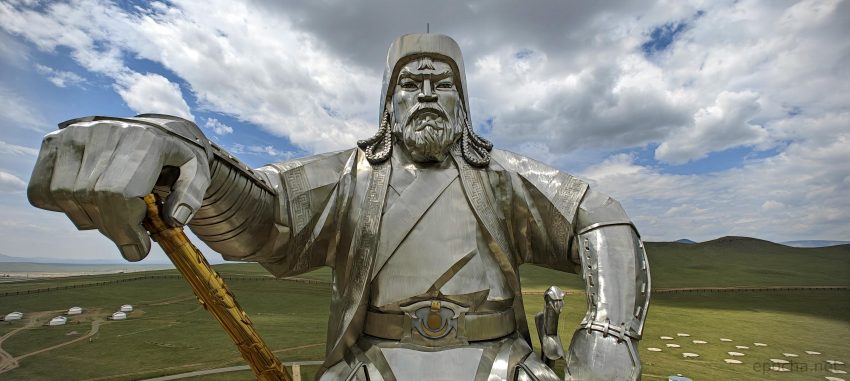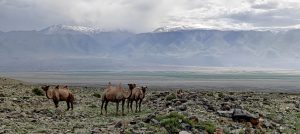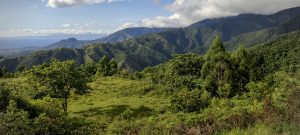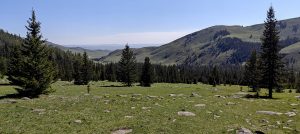Feast your eyes on the Genghis Khan Equestrian Statue, towering at 130 feet as the world’s tallest equestrian metal marvel. Perched by the Tuul River, it not only honors the legendary Khan but also commemorates the legendary discovery of a golden whip at this very site. Oriented towards his birthplace, the statue reigns over a visitor center dedicated to the legacy of 35 Khans. A stone’s throw away, a museum showcases everything from Bronze Age treasures to the opulence of the Mongol Empire. It’s far more than a mere statue; it’s a gleaming tribute to Mongolia’s storied heritage!
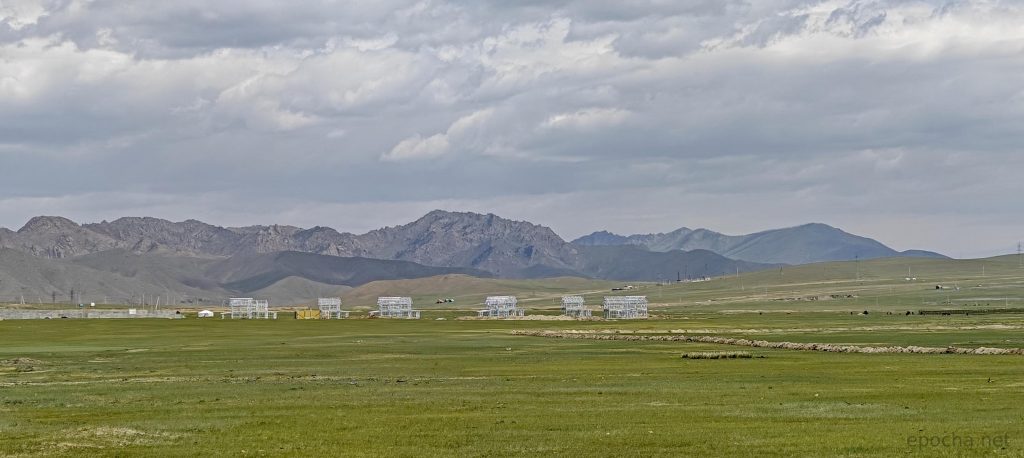
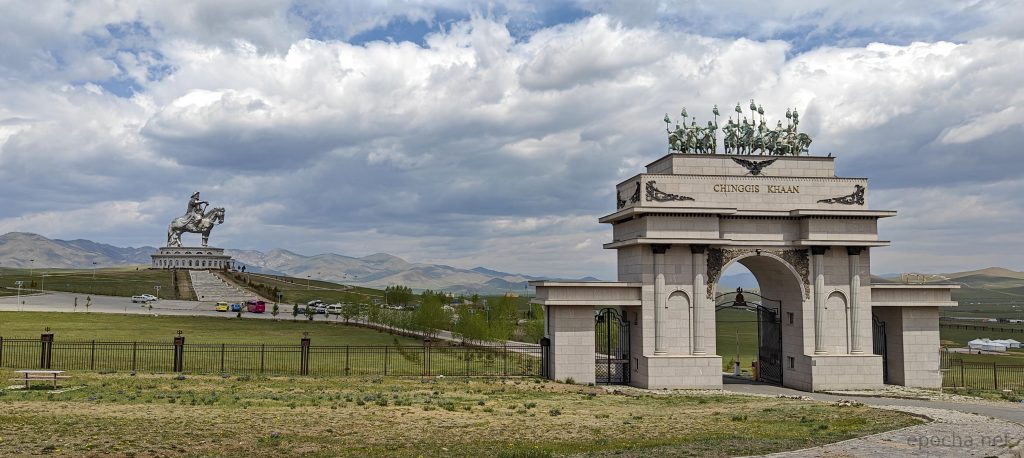
It’s just past the crack of dawn, 8 am, to be exact. En route from the airport, Chegi and I hash out our plans and set our sights on the Genghis Khan Equestrian Statue. Located in the serene grasslands, roughly 50 kilometers east of Ulaanbaatar and near the edges of Gorkhi-Terelj National Park, our destination is about an hour’s drive away. I secure entrance tickets for us both. Our exploration kicks off in the museum, followed by an elevator ride to the horse’s neck and subsequently its head. The views from above are stunning, yet it’s the statue’s imposing presence that truly steals the show. After soaking in the sights from the balcony, we immerse ourselves in the rich narratives displayed on the lower floors.
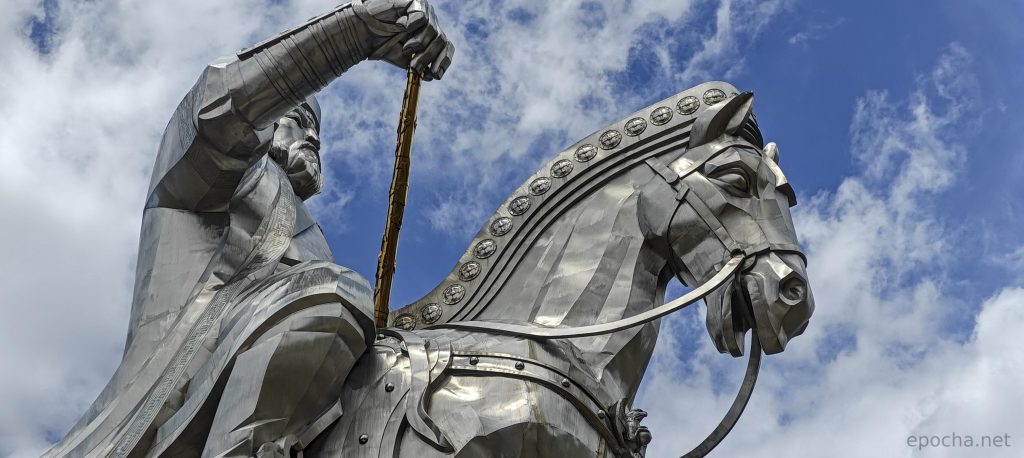
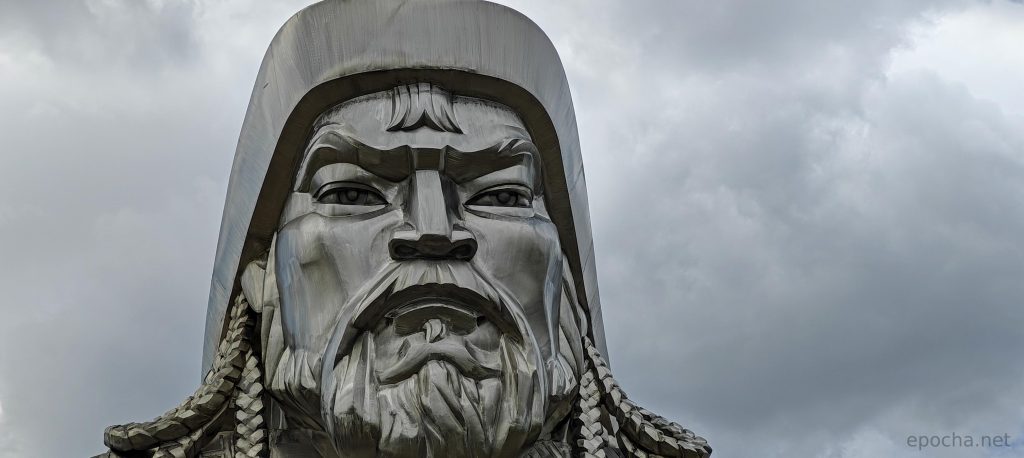
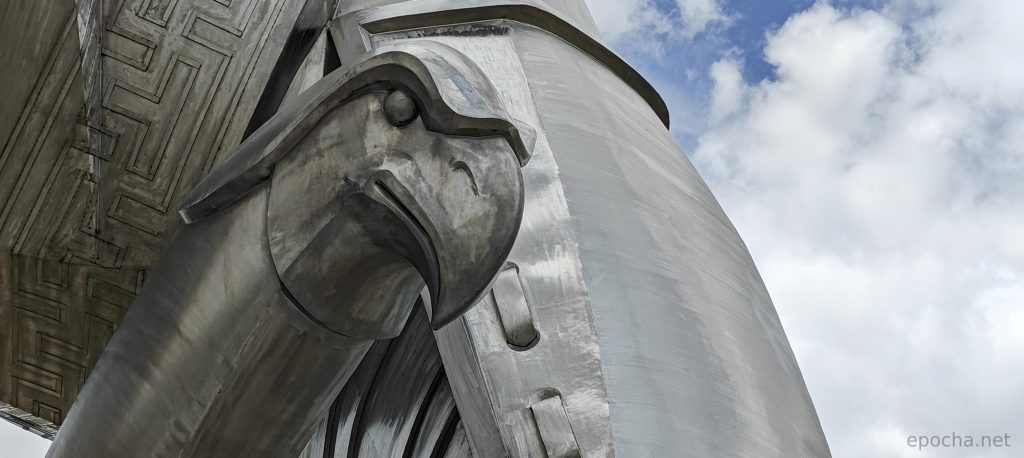
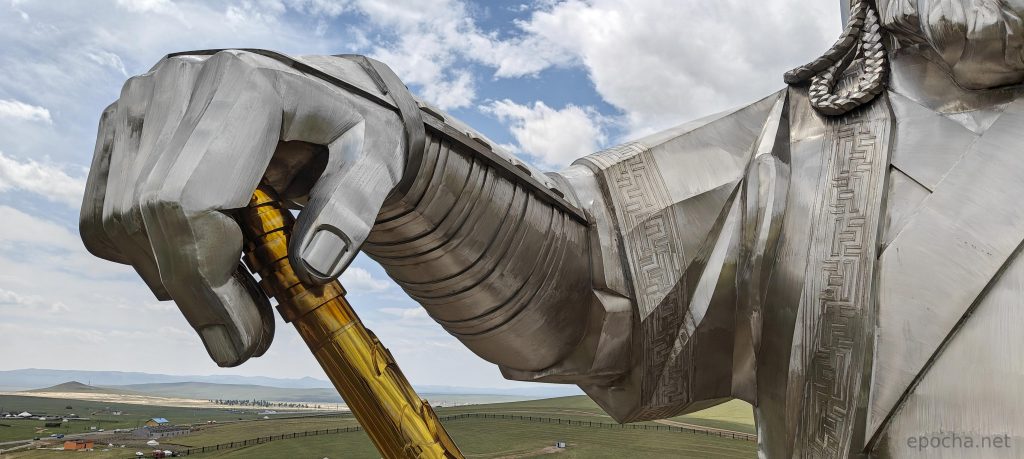
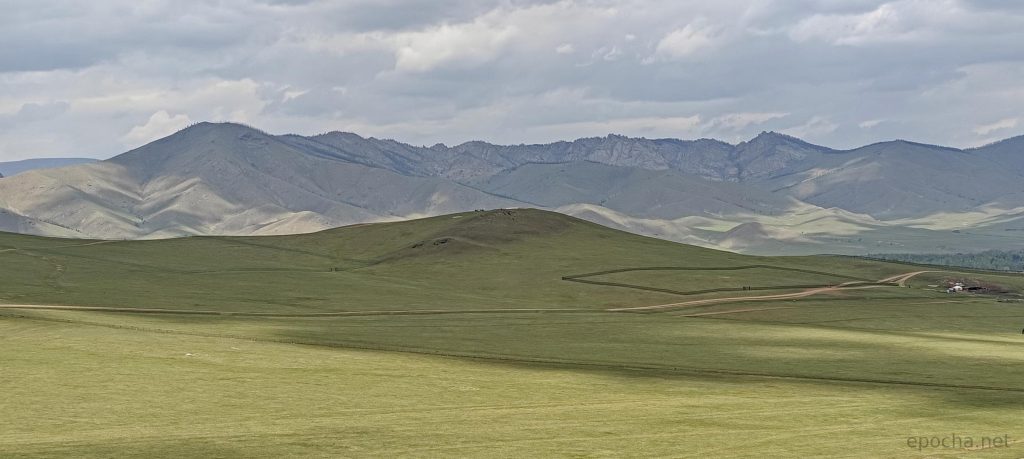
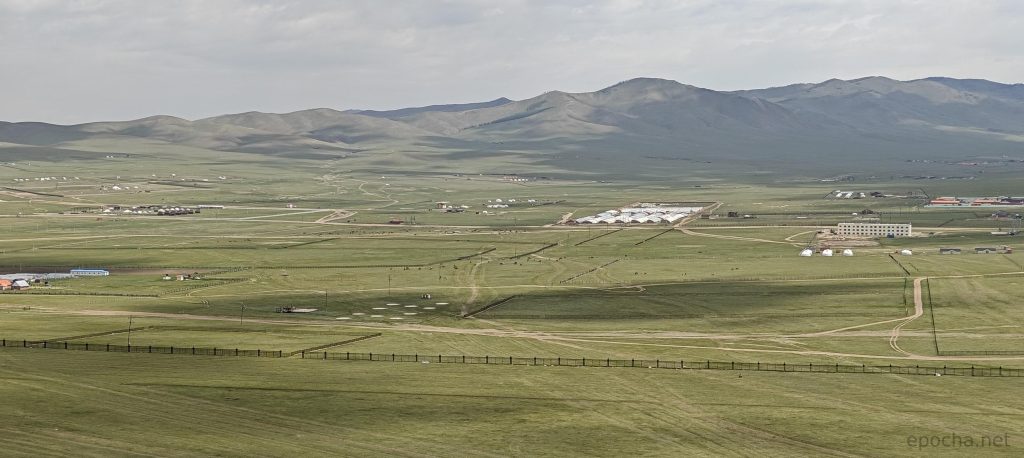

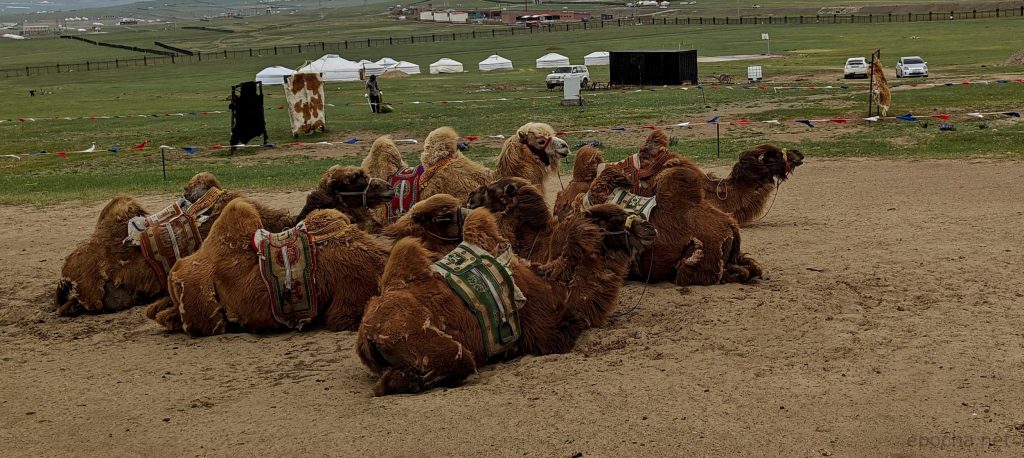
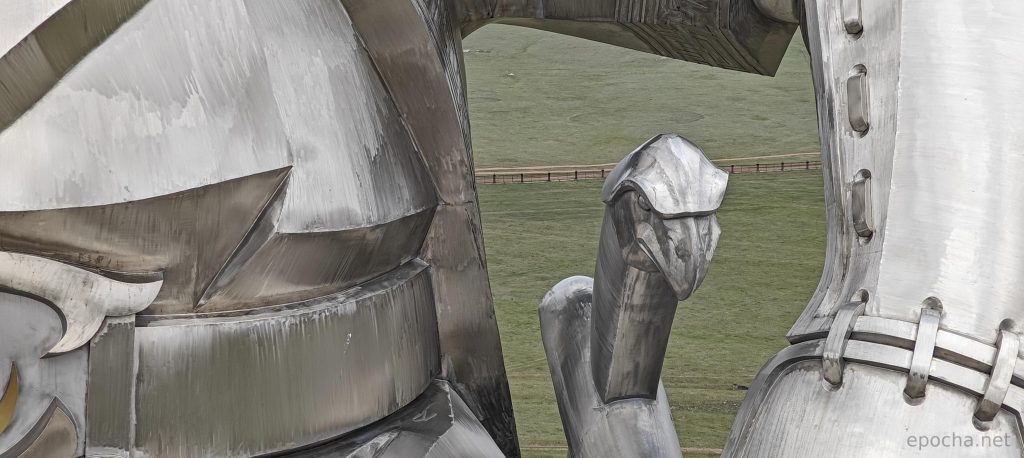
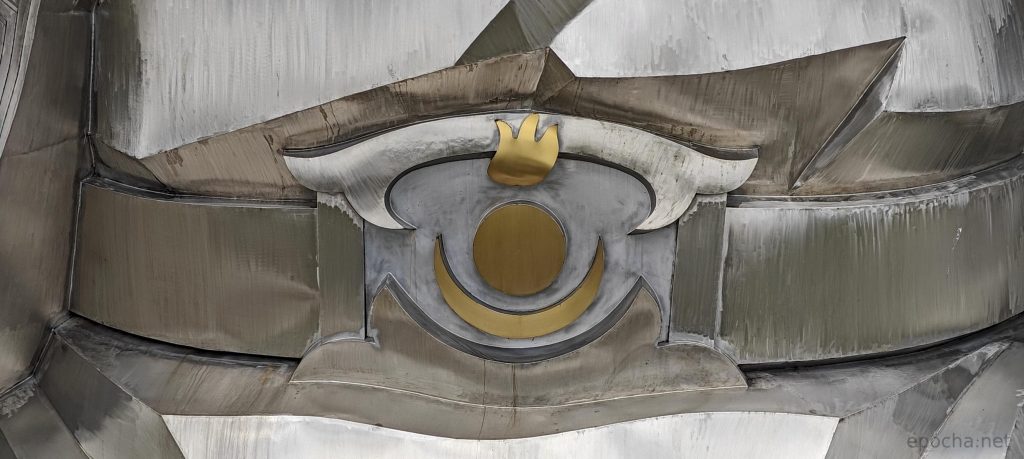
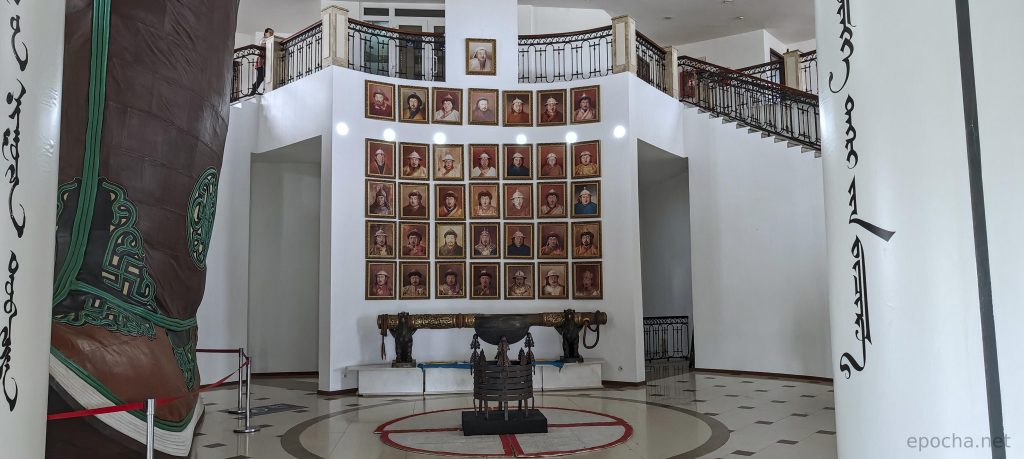
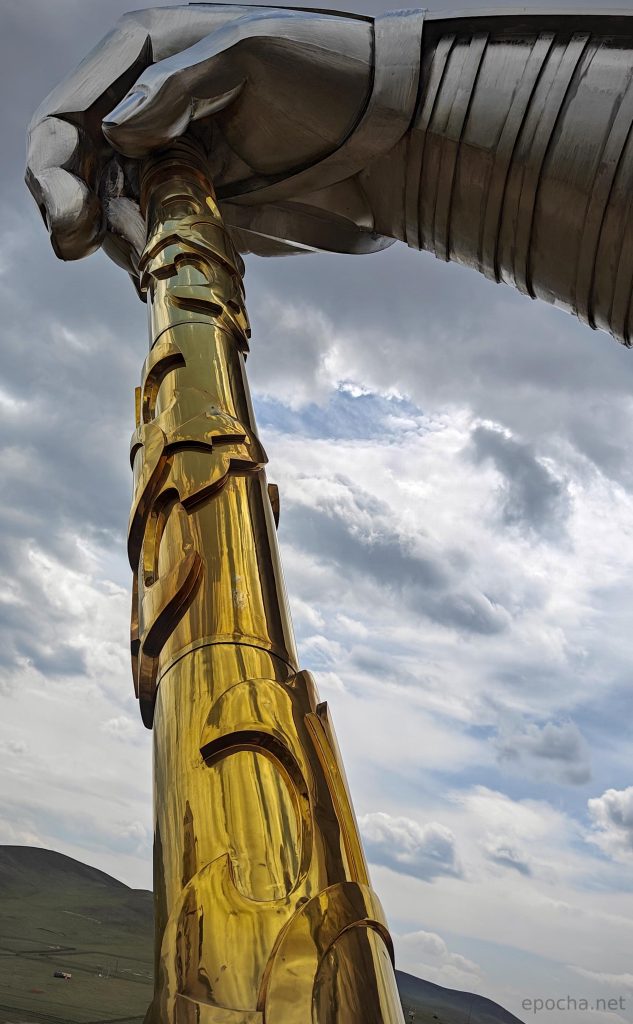
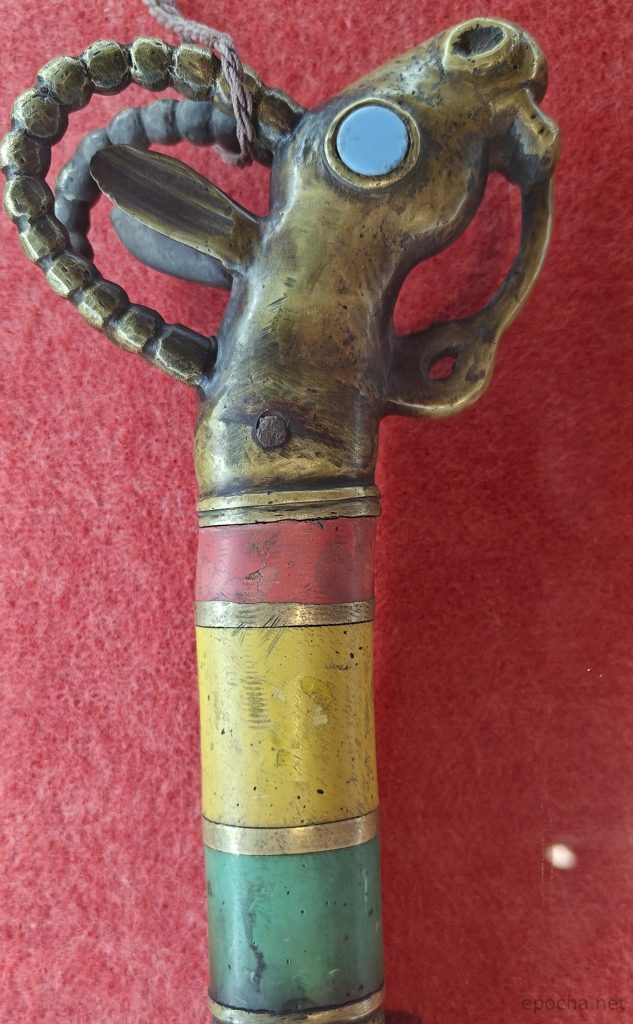
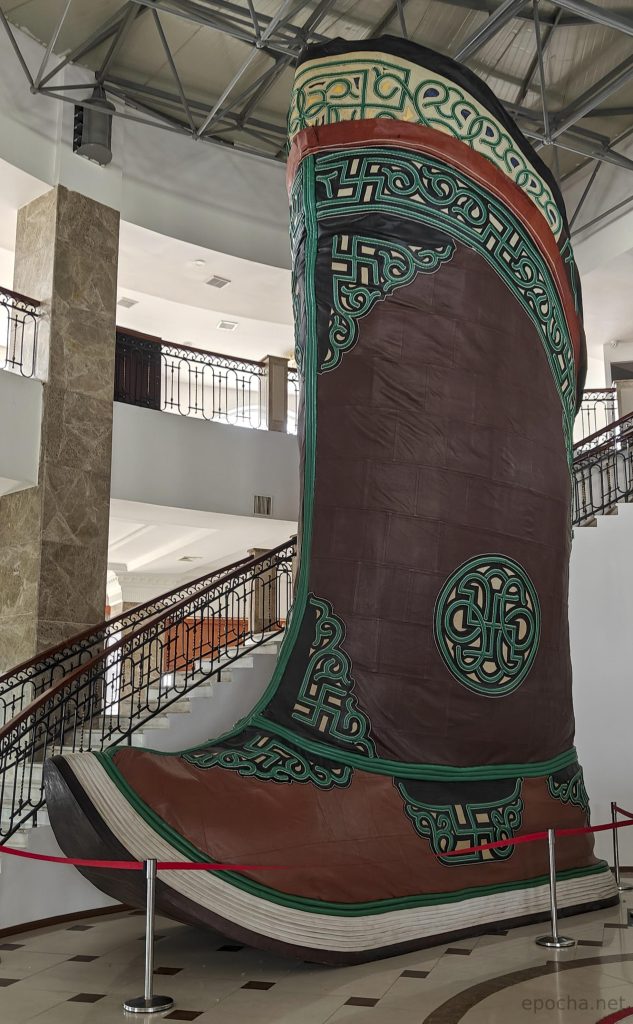
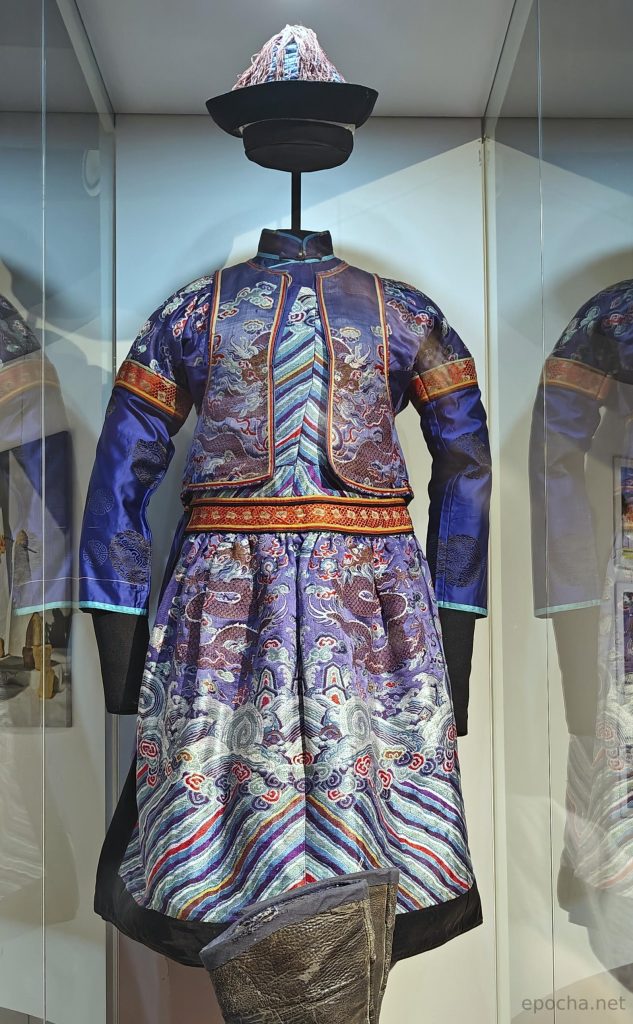
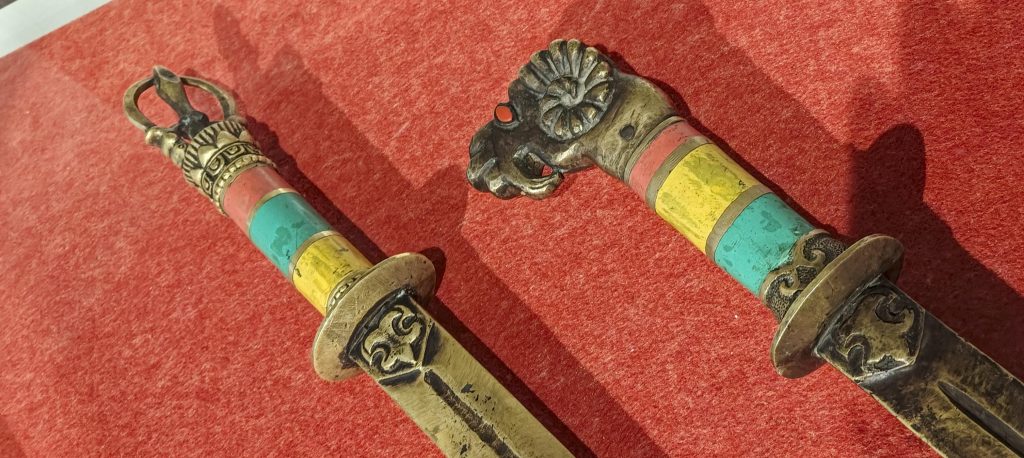
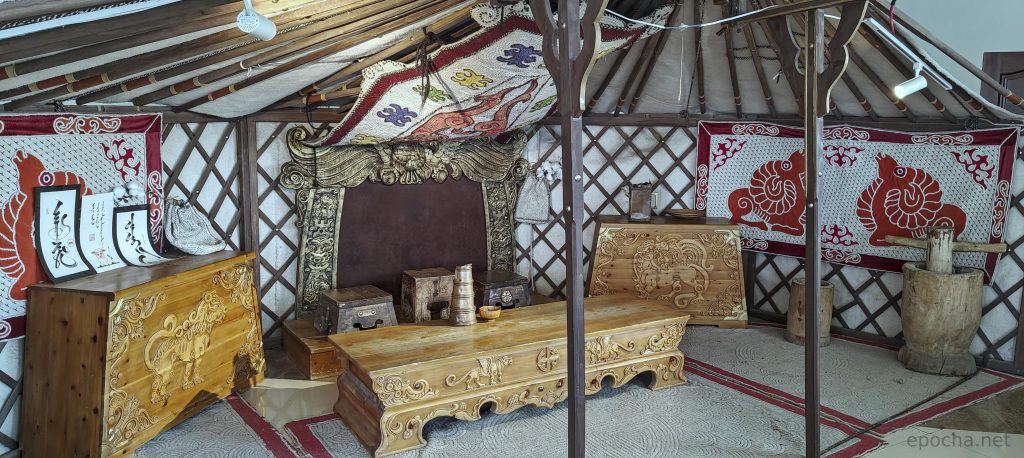
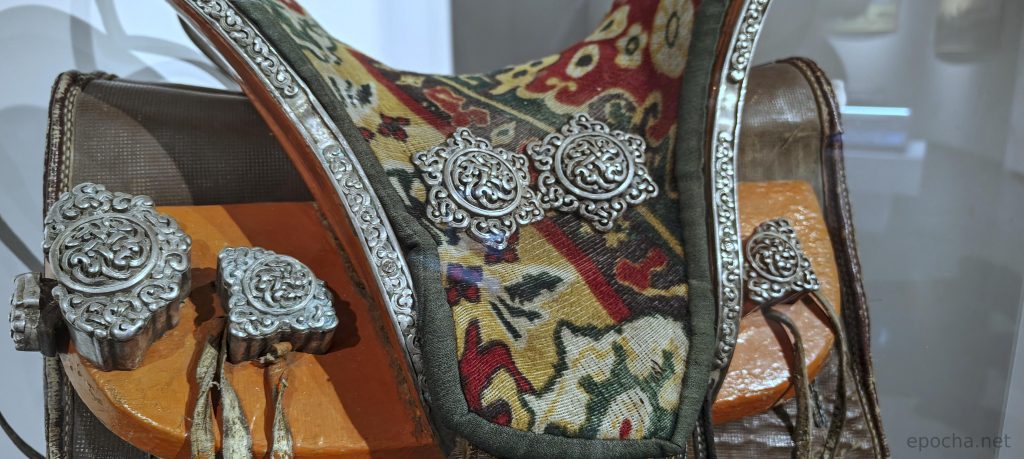
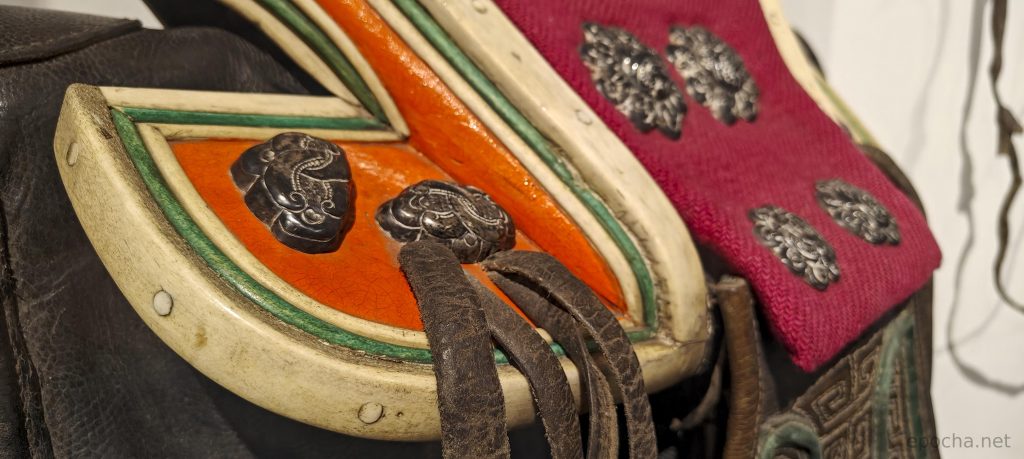
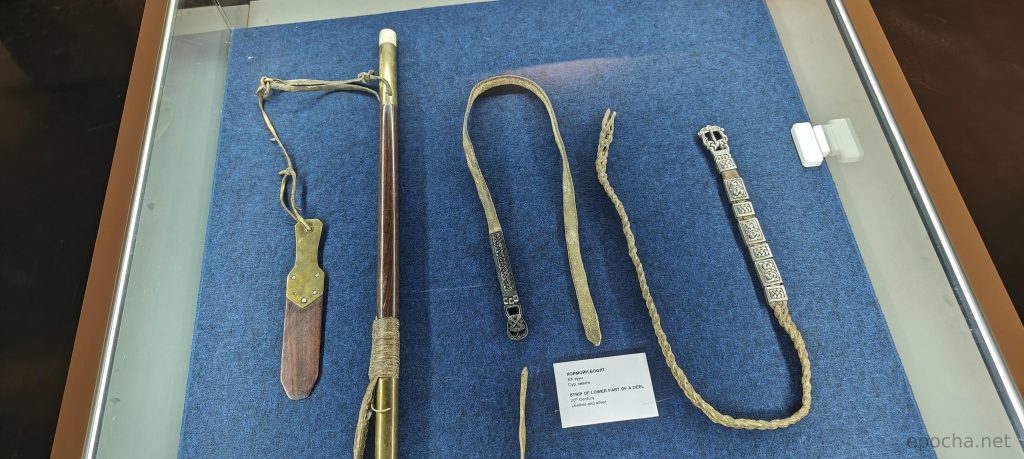
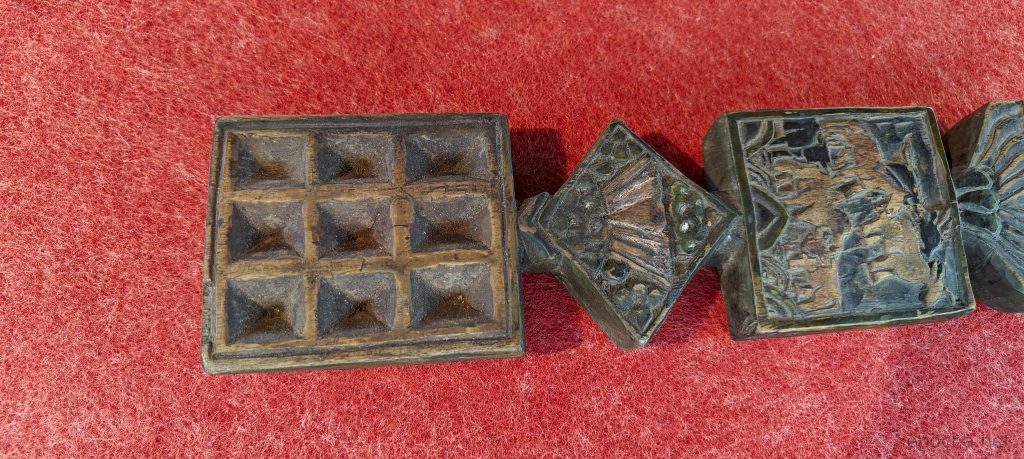
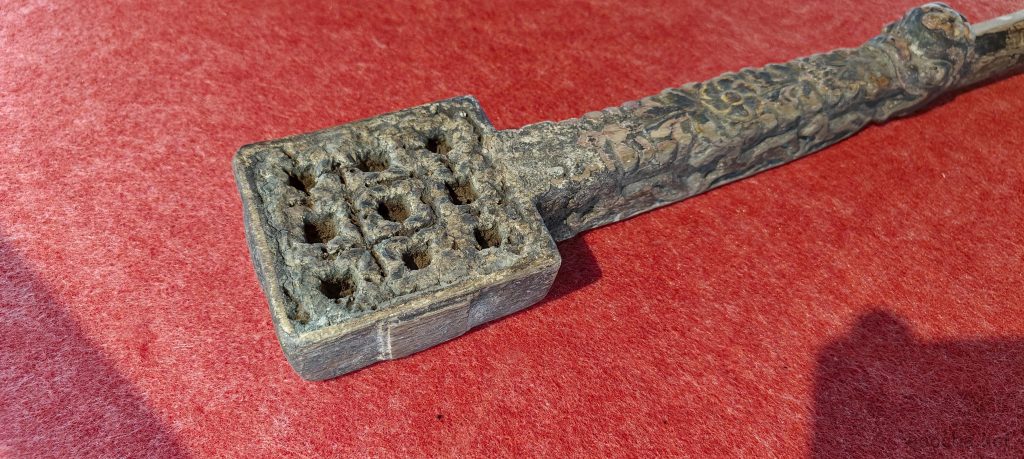
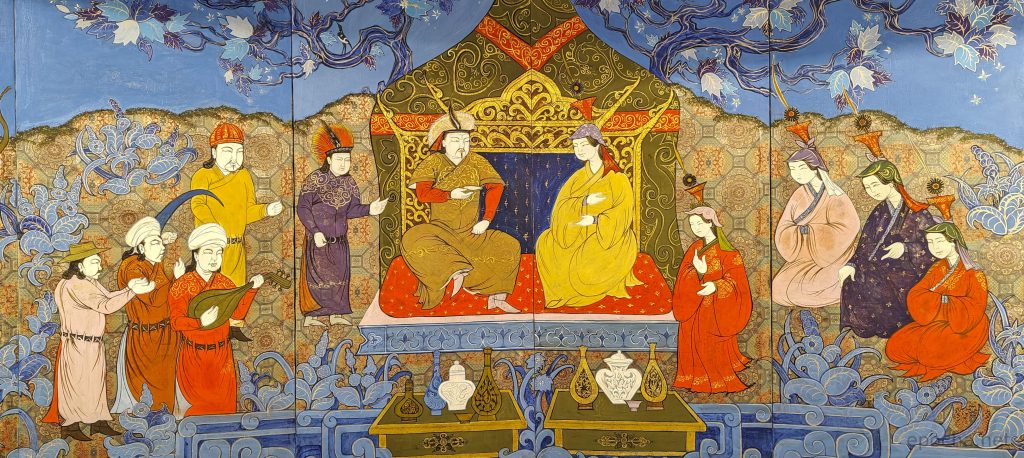
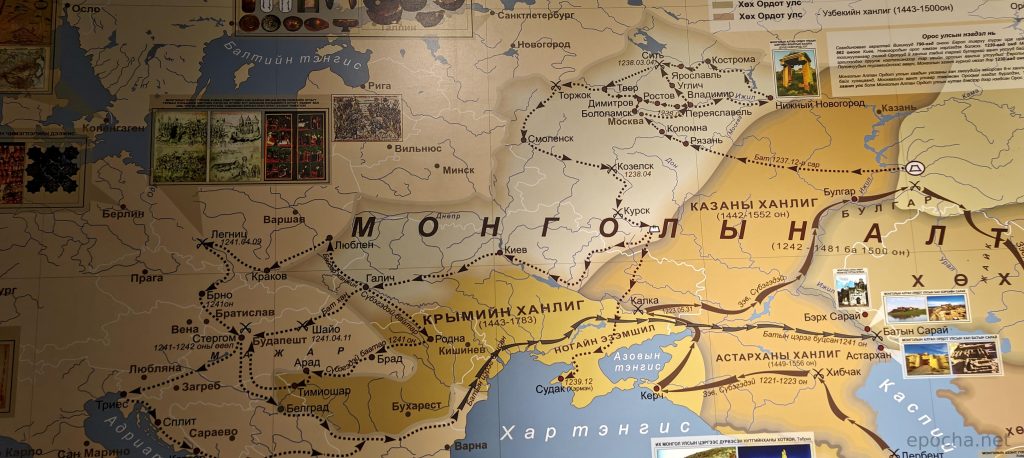
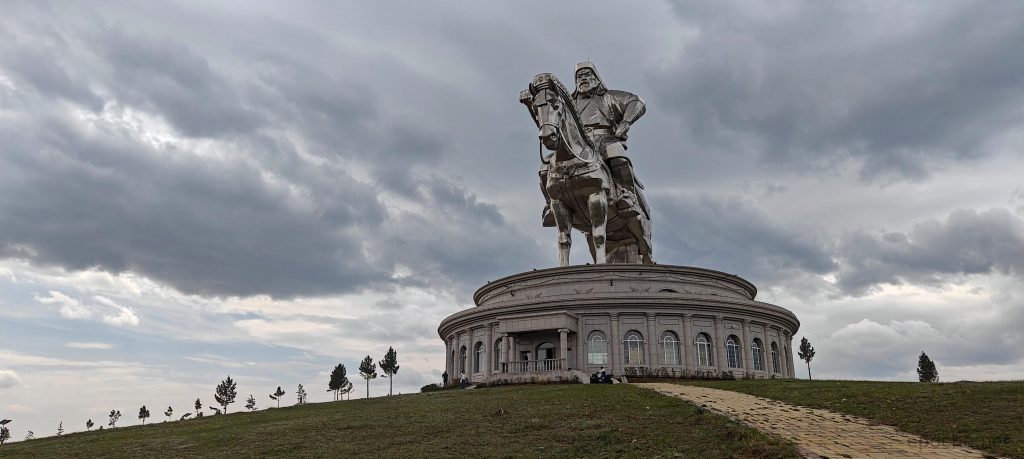
Today’s journey starts in Vilnius, Lithuania, swings through Istanbul, Turkey, and ends in Ulaanbaatar, Mongolia. Ah, the joys of 2023! The day’s standout moment? Beholding the towering Equestrian Statue of Genghis Khan and promptly crossing it off my bucket list. With plenty of daylight ahead, I embrace my inner tourist, wandering Mongolia’s capital with a hidden hankering for top-notch ice cream—a craving well satisfied, I might add. What’s on the horizon for tomorrow? A spontaneous trek up Tsetseegün Uul.
